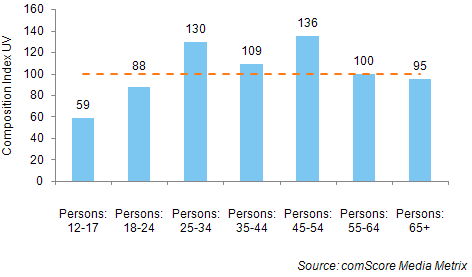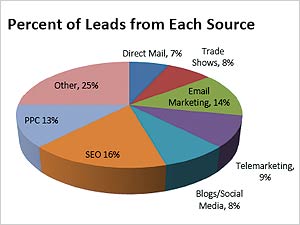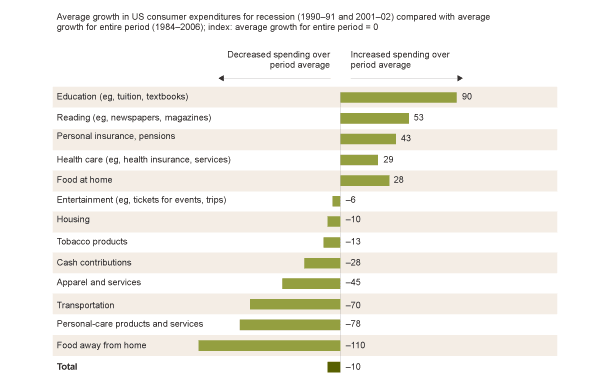More businesses are turning to the Internet to find and engage with baby boomer customers. Boomers are using Twitter, Facebook, LinkedIn and social networking sites in increasing numbers. Business leaders will gather at the What’s Next Boomer Business Summit (www.boomersummit.com) on March 19 to find out how to effectively reach baby boomers online.
“Boomers are a natural fit for social networks and technologies. They have the time, the life experience, and—more and more these days—the need for social tools to help them accomplish their own goals.” said Matthew Lees, Vice President, Analyst, Patricia Seybold Group.
“The fact that they’ve been relatively slow to embrace social media underscores more of an opportunity than any innate inability or aversion. But they don’t want to be marketed to. Those organizations that can use social media to engage with, learn from, and support boomers will find especially receptive partners and, consequently, greater business success than those who see social media simply as another marketing channel.”.” Lees added. Lees will present information at the Summit about boomers online and insight on how to effectively reach them.
Baby boomers are also actively engaged in user generated content such as ratings and reviews. “While it’s true that Millenials (the 13-24 generation) share content at double the rate of baby boomers (56%), 31% of Baby Boomers share their own user generated content. This could be in the form of reviews, blog posts, comments, discussion forums, etc.” noted Sam Decker, Chief Marketing Officer of Bazzaarvoice. Decker will be at the Boomer Summit speaking about boomers and user generated content.
David Weigelt, co-author of Dot Boom, Marketing to Baby Boomers Online through Meaningful Online Engagement will speak about how to connect with boomers online. The book unites a developmental marketing approach and a new definition of online engagement specific to baby boomer consumers — a combination that provides an actionable framework for connecting with these consumers online.
In the current economy, more businesses are seeking effective ways to reach the 58 million baby boomers online. The What’s Next Boomer Business Summit (www.boomersummit.com) will include: New research on the new attitudes of baby boomers in this economy; how to market successfully to baby boomers online; search engine and key word strategies that work; how to create online boomer communities that build trust and sales; and, new ways to reach the 44 million caregivers.
Other speakers include:
Entrepreneurship and social media: Guy Kawasaki, Author, founder Alltop
Networking -Ellen Levy, Vice President Corporate Development & Strategy, LinkedIn
Demographics – Jody Holtzman, Senior V.P., Research & Strategic Analysis, AARP
Money -Sandra Timmermann, Executive Director, MetLife Mature Market Institute
Caregiving – Andy Cohen, Founder & CEO, Caring.com
Online communities – Elisa Camahort Page, Founder & COO, BlogHer
Boomer women online – Carol Orsborn, PhD, Senior Strategist, Vibrantnation.com
Boomer volunteers – Sarah Christian, Director, Strategic Partnerships, VolunteerMatch
Brain fitness – Jeff Zimman, Co-founder & Chairman, Posit Science
Search engine strategies – Bill Leake, CEO, Apogee Search
Leading edge boomers – Jennifer Keating Magee, CEO, Keating Magee
New research– Steve French, Managing Partner, Natural Marketing Institute
Program, speaker and registration information is available at Registration is just $325 until March 12. The Summit is held in conjunction with the Aging in America Conference of the American Society on Aging and the National Council on Aging, March 15-19, 2009.. www.boomersummit.com
Attendees include brand managers, corporate strategists, entrepreneurs, non-profit executives, marketing agency executives and publishers responsible for growing their boomer business.
Sponsors include: AARP, Microsoft, Council on Aging Silicon Valley, Wells Fargo, Alltop, Caring.com, EquityKey, HeartMath, Immersion Active, Keating Magee, LiveWorld, MetLife Mature Market Institute, Myine Electronics, Posit Science, The Stress Institute, Verizon, Vibrantnation.com, VolunteeerMatch, Retirement Living TV, ReadHowYouWant, HipCricket, Life Stages Financial, grandparents.com and Moving Mavins. Southwest Airlines is the official airline sponsor of the What’s Next Boomer Business Summit.
 Have we finally broken the cylce of early technology adoption always begins with the younger generation? The latest Comscore numbers show strong use of Twitter by younger boomers.
Have we finally broken the cylce of early technology adoption always begins with the younger generation? The latest Comscore numbers show strong use of Twitter by younger boomers.



